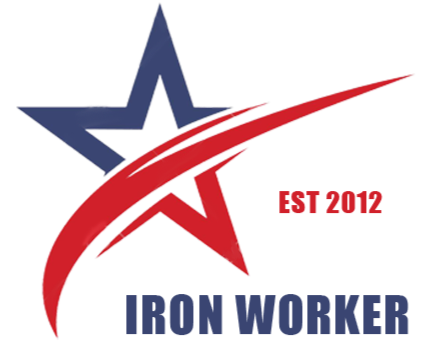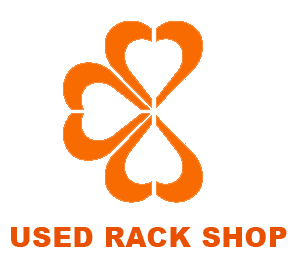Warehouse Racking Inspection Consultancy





















1. Warehousing activities form an integral component of the logistics value chain.
2. Warehouses are hot spots for accidents, which can happen when loading and unloading or when operating forklifts and moving machinery.
3. We must always be alert to the hazards present to keep ourselves safe.
4. Good warehousing should be practised at all times to prevent or reduce the risks. For example, good housekeeping and well-maintained racks should be kept to prevent incidents of slips, trips and falls, and loads falling off racks.
5. Refer to the Activity-Based Checklist for Safe Storage in Warehouses (PDF) to learn more about safe warehousing practices.
Resources & Links:
